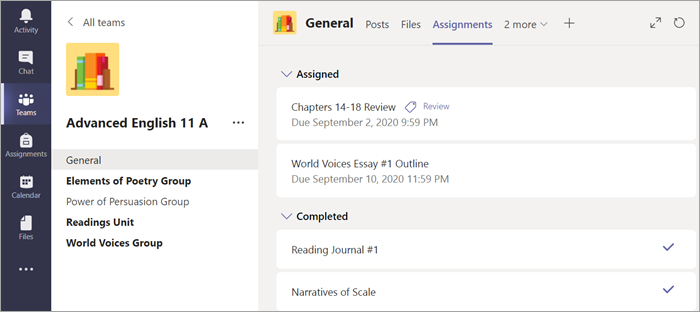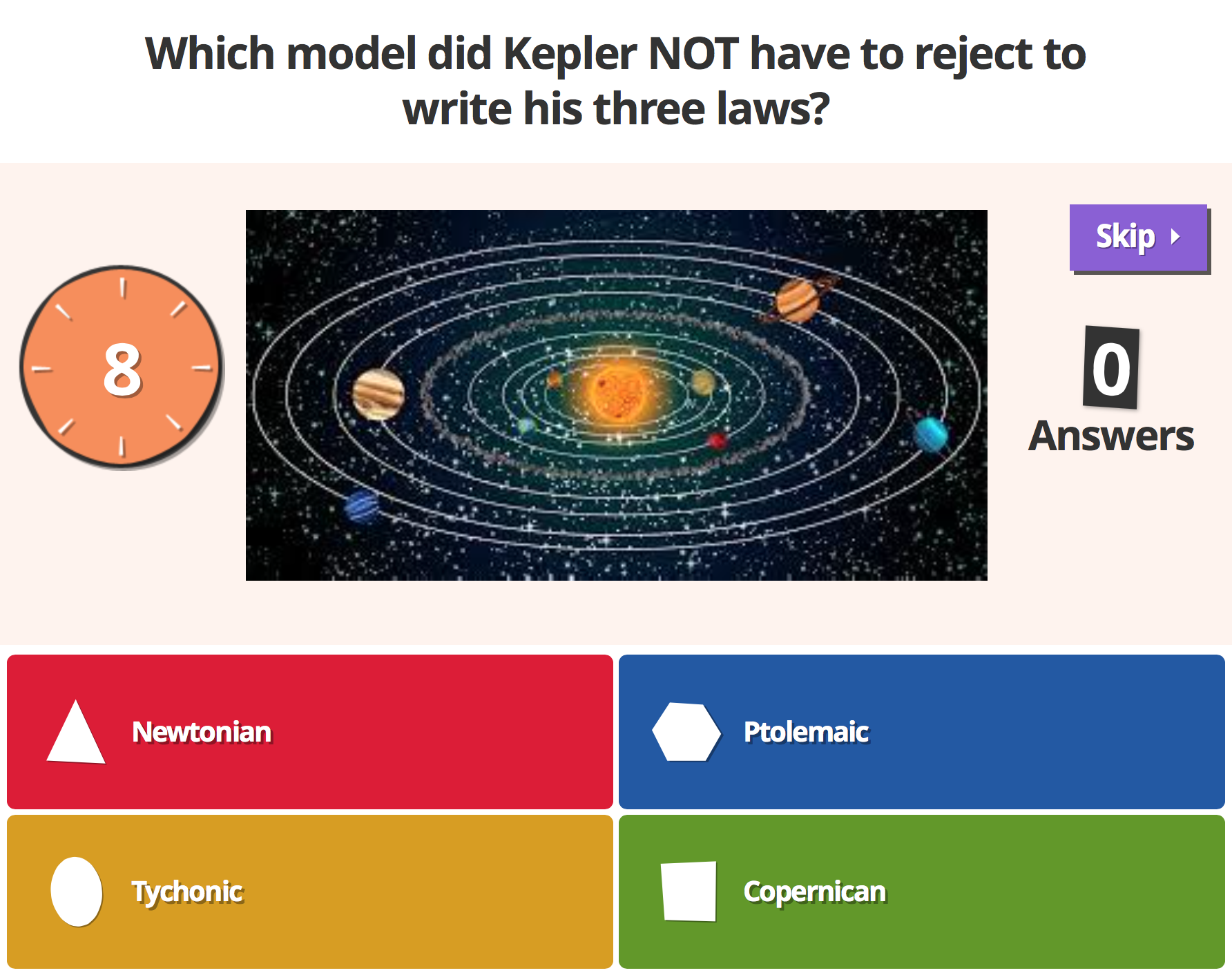Education
Over the past decade, the rise of technology in education has been exponential. Since the COVID-19 pandemic, the use of technology - specifically remote learning - has been required for almost all schools to successfully operate.
This article will explore some of the more key areas in which technology has made a positive impact.
1. Collaboration
Integrating the internet into the classroom now allows all students to effectively collaborate together. Whether it be adding notes to a shared file on Google Classroom or writing on a digital whiteboard, the use of technology has allowed students to work with teachers in real-time from any location.
Tools such as Microsoft OneNote have allowed teachers to use a virtual whiteboard that all students can view live. But at the end of the lesson, instead of wiping it all away as with a traditional whiteboard, the board is saved to the cloud available to all students at any time of the day to revisit.

2. Homework
Services such as Microsoft Teams and Google Classroom now allow teachers to set homework and recieve submissions electronically, reducing the wastage from all of the paper. The process of marking can also be made more efficient with automatic marking and grading, and plagiarism checking.
Teachers can also provide instant feedback on a submission and allow the student to resubmit a portion (or all) of their work without the need to write out new drafts.

3. Fun
Using technology means that teachers can incorporate fun games into their lessons. This is a more engaging experience for the student and provides a more effective learning environment. Either students can work together (improving their teamwork skills) or compete against each other (encouraging everyone to achieve higher).
A popular service is Kahoot! This allows students to answer multiple choice questions and recieve points for a correct answer and how quickly they answered it. This promotes retention of key facts while also providing an enjoyable experience for the students.
